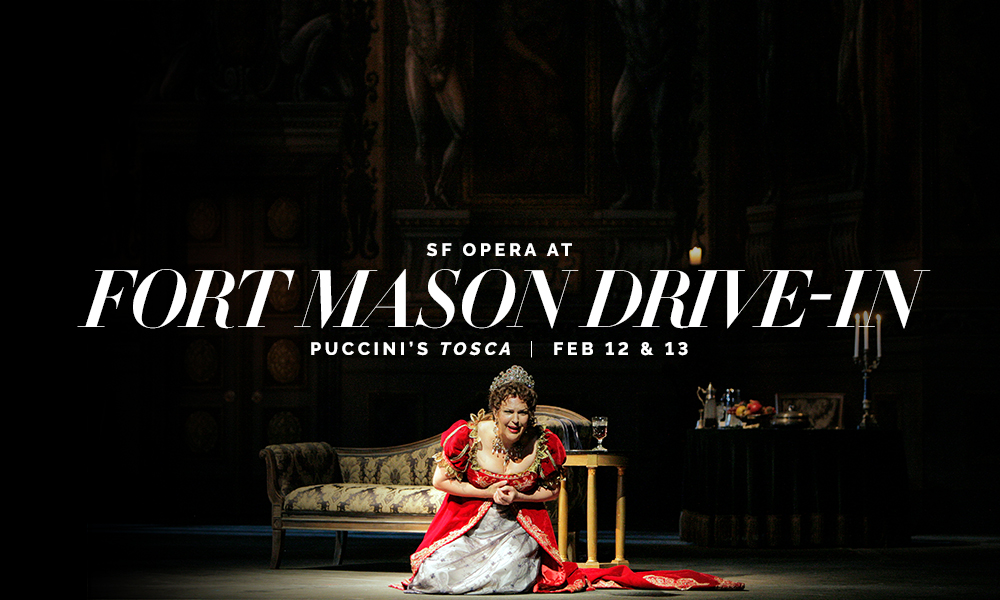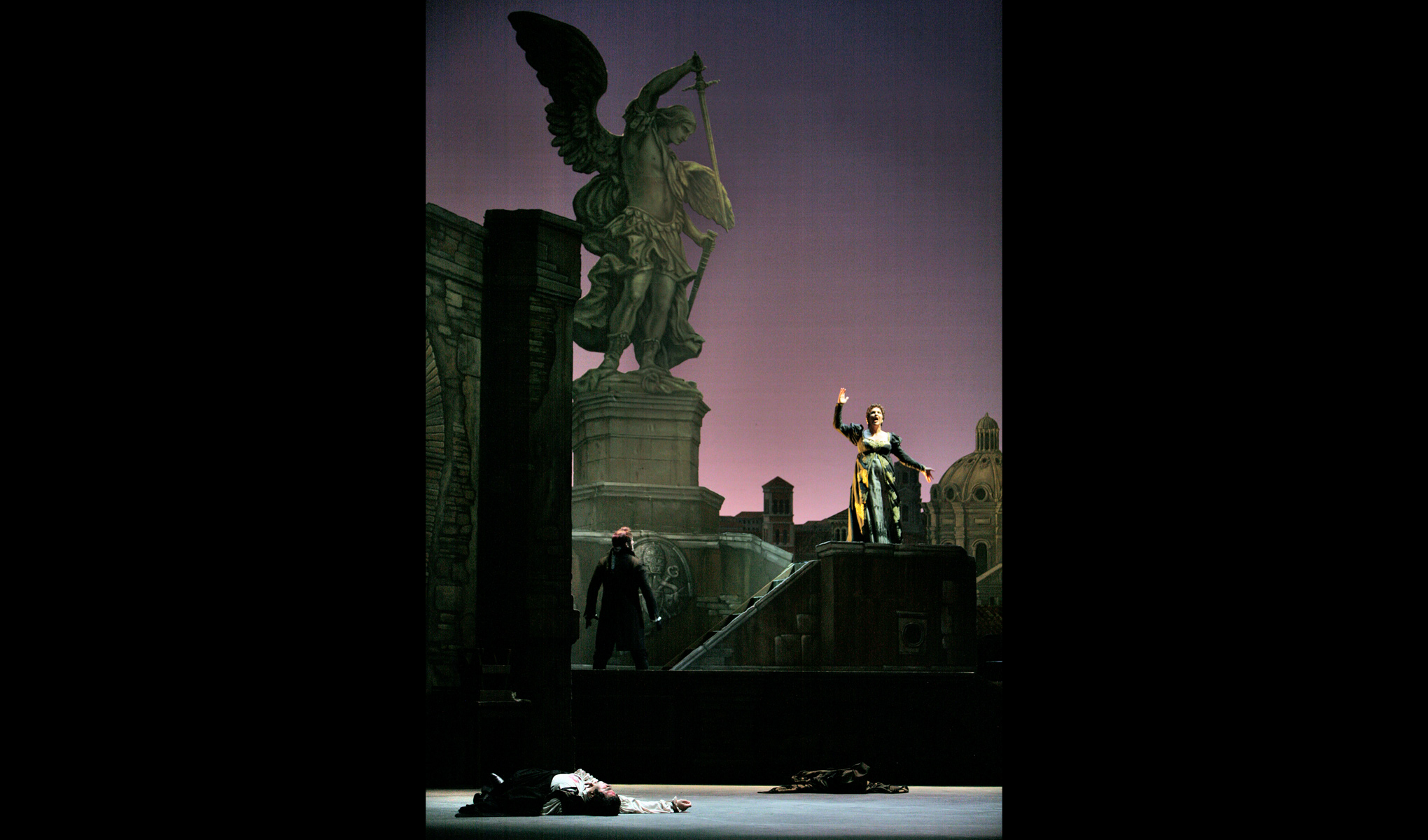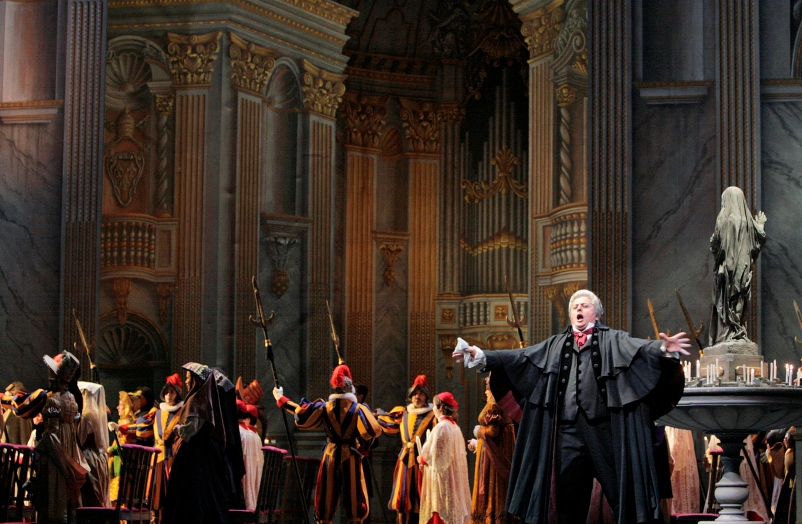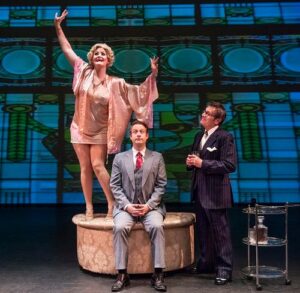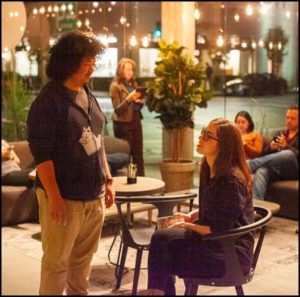It’s been virtually a year since the pandemic darkened the live performance stage. All theatergoers lament the absence of our favorite intellectual stimulation and fear that many theatrical organizations may lack the wherewithal to rebound from financial catastrophe.
Many companies now offer electronic alternatives – from the filming of previous stage performances to original productions using Zoom technology. Although electronic media don’t offer the same urgency and reward as live performances, these endeavors do provide a way for companies to reach their audience and for audiences to support companies.
Enter drive-in theater productions which, unlike viewing at home, offer the advantage of bringing theater lovers together at the venue to recreate some sense of community and allow some possibility of live elements. So it goes with Oakland Theater Project’s (OTP - formerly Ubuntu) entire 2021 season. In keeping with OTP’s origins as a peripatetic, site-specific theater company, its season opener Binding Ties: The 16th Street Station takes place away from its current home base. Even more poignant, the visuals are cast upon the outside walls of the titular station in Oakland.
This presentation of Binding Ties is the 30th anniversary of the documentary created by the esteemed Bay Area theatrical lighting designer, Dr. Stephanie Anne Johnson, with Michael Copeland Sydnor. It focuses on the African-American, and to a small extent, on the Asian and Mexican immigrant minority’s experience working in service capacities on long-distance trains in the first half of the 20th century.
The stately Beaux-Arts-styled 16th Street Station plays a major character in the stories that unfold. The station itself was damaged by the 1989 Loma Prieta earthquake and was subsequently condemned, and former rail lines have been rerouted to other stations. Nonetheless, attempts to revive and repurpose this beautiful grande dame continue to this day.
…The concept and message of Binding Ties: The 16th Street Station appeal and deserve our patronage…
In addition to contextual narration, recorded interviews comprise the substance of Binding Ties The subjects are Oakland-based, Southern Pacific Railroad workers, primarily sleeping car porters, who recount vignettes of their lives and work. This worthy look into history reveals maltreatment of minorities in this country, even those with relatively esteemed employment. Despite their dignified hard work, their tales reveal many layers of indignity directed toward them. The pay was poor. Treatment by passengers and supervisors was often demeaning. Unfounded claims that black employees were stealing from passengers and the company were common. And even though female employees served as stewardesses, they were classified and referred to as maids.
The viewer also catches glimpses into the sometimes very luxurious aspects of train travel that also serve to emphasize the social and economic gulf between the passengers and those who served them. Although the interesting storytelling yields a kaleidoscopic view of working on the trains, there is no dramatic arc or trend line leading to a dénouement.
One bright spot reported in the documentary was the founding of the Brotherhood of Sleeping Car Porters in 1925, which protected and advanced its members. This noteworthy accomplishment in the labor and civil rights movements was the first-ever union founded and led by African-Americans to be chartered by the American Federation of Labor.
As a result of inconsistent audio quality in the soundtrack (delivered by FM through car radios), some speakers sound loud and clear, but others are faint or scratchy, suggesting the need for audio engineering. Sound designer Kevin Myrick has incorporated musical numbers, beginning with the appropriate “Hear That Train Whistle Blow,” that add life and dimensionality to the piece.
The visual component of the work is represented by a slide show of relevant black and white period photos projected on two screens. The parking spot assigned this reviewer was extremely oblique to the screens so that most text and smaller image details in the nearer screen could not be deciphered, and nothing could be discerned on the far screen.
In order to add a live element to the production, a “Conductor” played by William Oliver III introduces and closes the show. From my vantage point, I heard him clearly but caught only a glimpse of him. The concept makes sense, but more content and spark for the role would be welcomed.
The concept and message of Binding Ties: The 16th Street Station appeal and deserve our patronage. However, the dramatic elements could be strengthened as could the technical side of delivering performance with this technique. Nonetheless, credit is due Oakland Theater Project for taking on important topics and providing some intellectual stimulation for its supporters.
Oakland Theater Project’s Binding Ties: The 16th Street Station
Created by Dr. Stephanie Anne Johnson with Michael Copeland Sydnor
Performances in the parking lot of Oakland’s 16th Street Train Station
Through February 28, 2021
Tickets: Per car price, $25 for one person, $30 for two, with some pay-what-you-can. No sales at the door.
Ticket info: https://oaklandtheaterproject.org/
Reviewer ratings
- Overall: 3 of 5 stars
- Performance: 3 of 5
- Script: 4 of 5
- Stagecraft: 3 of 5
 ASR reviewer Victor Cordell is a member of the San Francisco Bay Area Theatre Critics Circle and the American Theatre Critics Association, and a Theatre Bay Area adjudicator.
ASR reviewer Victor Cordell is a member of the San Francisco Bay Area Theatre Critics Circle and the American Theatre Critics Association, and a Theatre Bay Area adjudicator.
-30-

